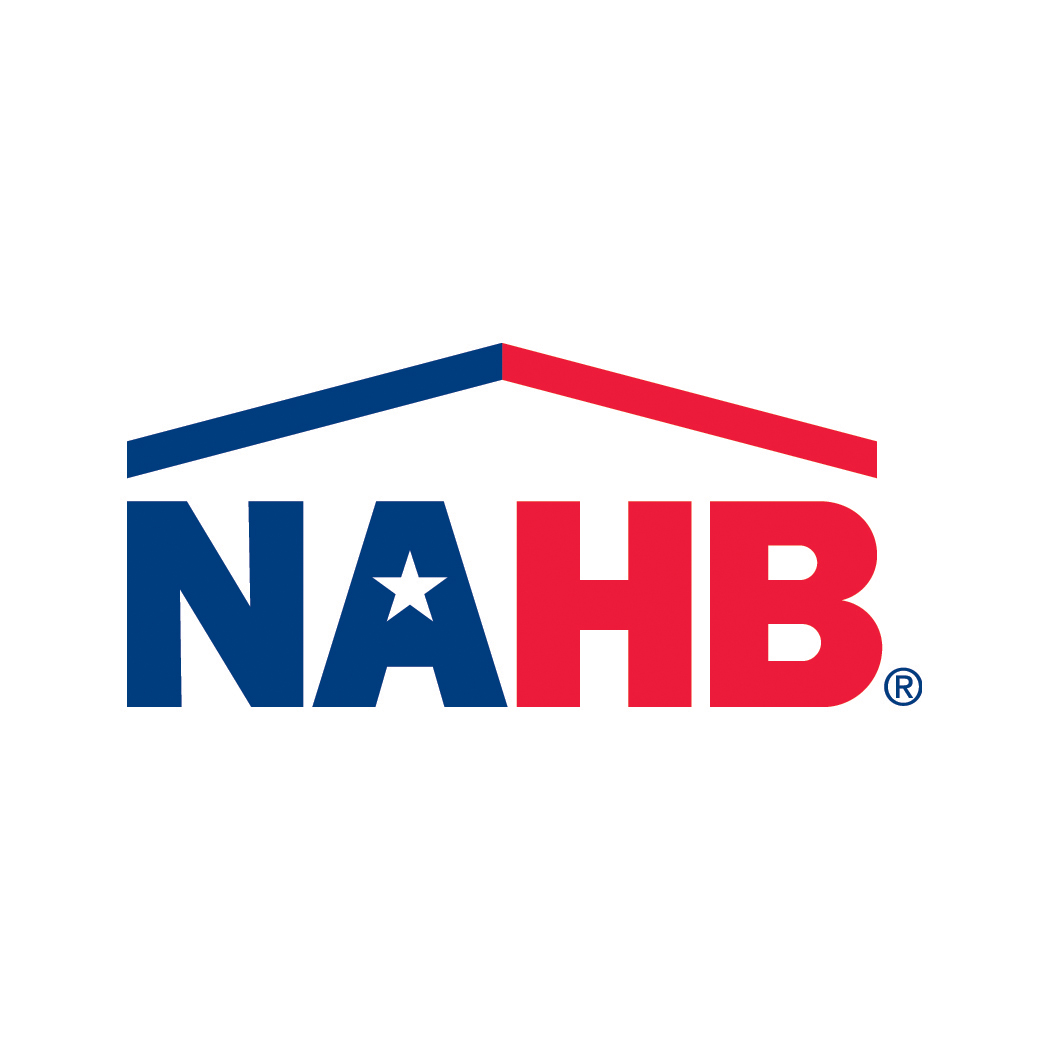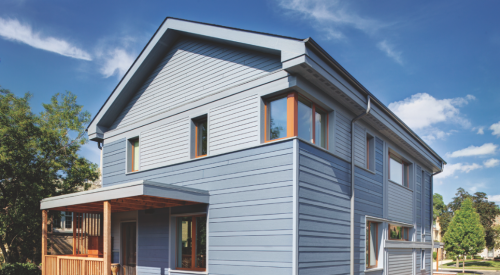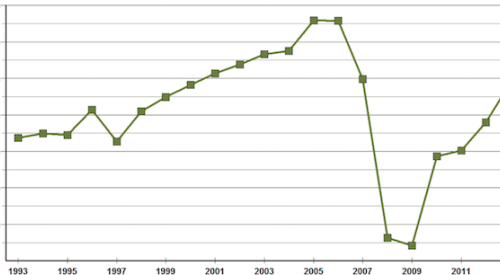The housing industry has a common practice of using the rate of return to evaluate the cost and benefits of energy efficiency. The National Association of Home Builders (NAHB), for example, has a policy that classifies a change in building codes as cost effective if it returns at least 10 percent in energy savings during the first year.
Another common approach uses a rate of return to discount future energy savings to their present value equivalent. In this context, the rate of return is supposed to capture a home buyer’s time value of money (how a buyer makes trade-offs when evaluating costs and benefits that will be realized at different times). Often, the current rate on a fixed-rate mortgage is used for this purpose. An important advantage of the one-year rate of return in NAHB’s policy is simplicity. By comparison, the present value calculation is more complicated, requiring many assumptions that are difficult to understand, can introduce unrealistic assumptions, and produce unrealistic results.
NAHB economist Paul Emrath contends that the common practice of using the current mortgage rate to discount energy savings is based on several unrealistic assumptions. In particular, the assumptions fail to capture borrowing constraints and do not reflect the way buyers actually evaluate alternatives when deciding which features to include in a new house.
Three more realistic decision alternatives are the following:
• The 11.5 percent average rate households pay on their consumer debt (from the Fed’s latest survey of consumer finances), reflecting the value of something they could sacrifice at the margin to invest in an additional home feature.
• The 13.2 percent average gross return to owners of rental property (from a new survey funded by HUD and conducted by the Census Bureau), reflecting what households would have to pay for a home feature if renting.
• The 14.1 percent average rate of return home buyers say they need to invest in energy efficiency (from NAHB’s most recent consumer survey).
The current mortgage rate is under 4 percent. Using a rate this low to discount savings on utility bills will classify as cost effective some features that are clearly priced higher than the market will bear. NAHB consumer surveys provide clear evidence that home buyers are interested in energy efficiency and are willing to pay more for it. But a more thorough analysis indicates that consumers are not willing to pay as much for it as an armchair analyst might calculate.
This general problem arises when more costly construction practices that deliver less energy efficiency than buyers want are mandated. This tends to differentially price first-time buyers and buyers with modest incomes out of the market.













